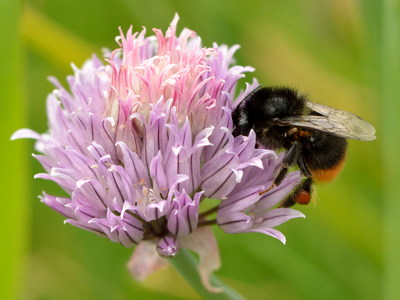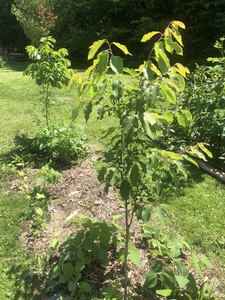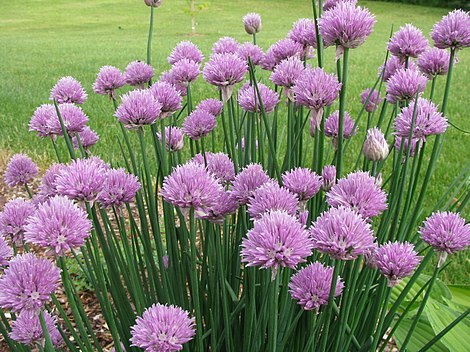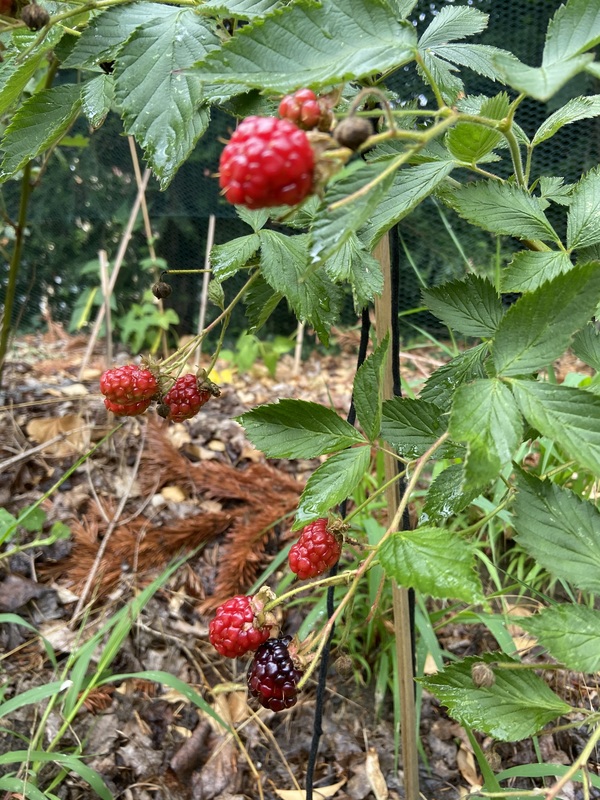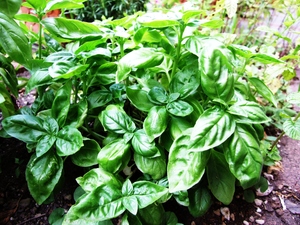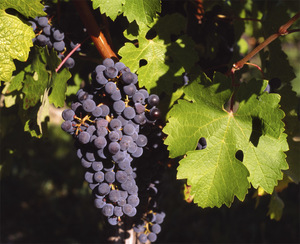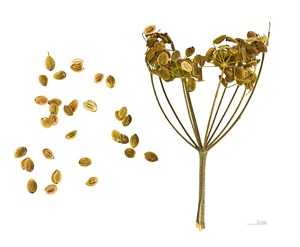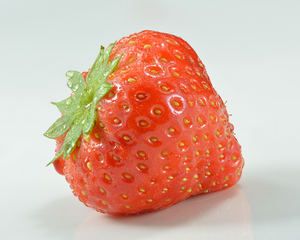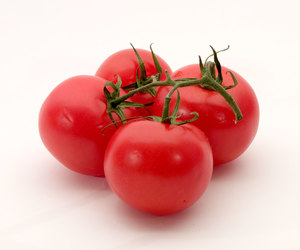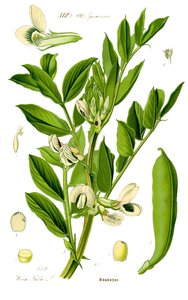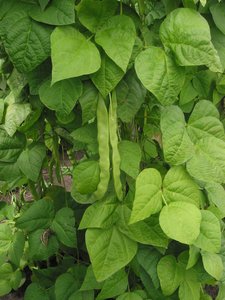Description
Chives (Allium schoenoprasum) are a bulb-forming herbaceous perennial plants that belong to the same family as onions, garlic, and leeks. They are native to Europe, Asia, and North America, and are commonly grown in gardens for their delicate onion flavor and attractive purple flowers.
Chives are easy to grow and require little maintenance. They can be grown in pots or containers, or directly in the ground. The plants have thin, hollow leaves that grow in tight clumps and reach a height of around 12-20 inches (30-50 cm). The bulbs are slender, conical, 2–3 cm (3⁄4–1 1⁄4 in) long and 1 cm (1⁄2 in) broad, and grow in dense clusters from the roots. The scapes (or stems) are hollow and tubular, up to 50 cm (20 in) long and 2–3 mm (1⁄16–1⁄8 in) across, with a soft texture, although, prior to the emergence of a flower, they may appear stiffer than usual. The grass-like leaves, which are shorter than the scapes, are also hollow and tubular, or terete, (round in cross-section) which distinguishes it at a glance from garlic chives (Allium tuberosum). The flowers are pale purple, and star-shaped with six petals, 1–2 cm (1⁄2–3⁄4 in) wide, and produced in a dense inflorescence of 10-30 together; before opening, the inflorescence is surrounded by a papery bract. The seeds are produced in a small, three-valved capsule, maturing in summer. The herb flowers from April to May in the southern parts of its habitat zones and in June in the northern parts.
Chives are often used as a seasoning in a variety of dishes, including soups, omelets, and dips. They can also be added to melted butter to make a simple but flavorful sauce for steamed vegetables. Chives are low in calories and a good source of vitamin C, making them a healthy addition to any diet.
